Surprisingly my first time in Nikko.
We took advantage of the rain and the tiny bursts of sunshine in between. x
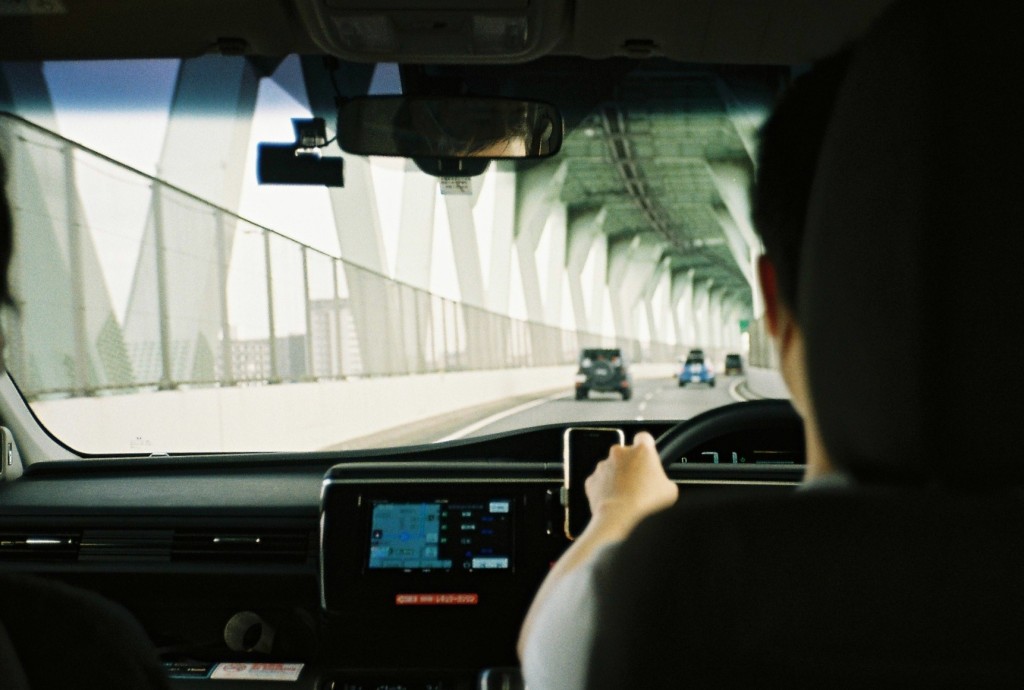
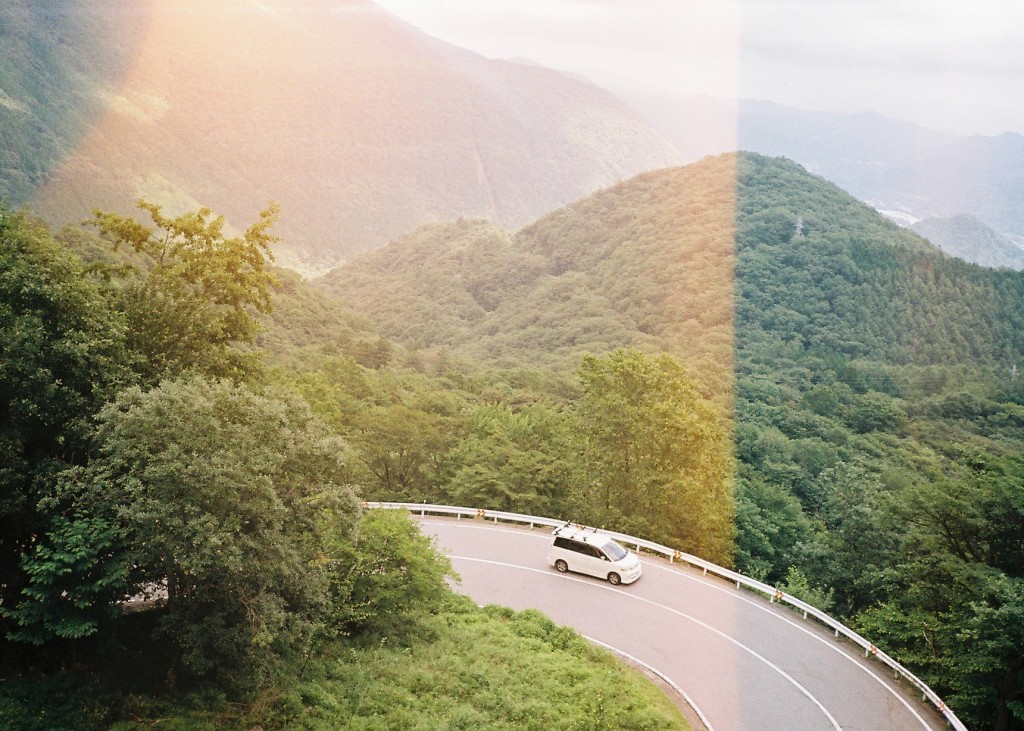

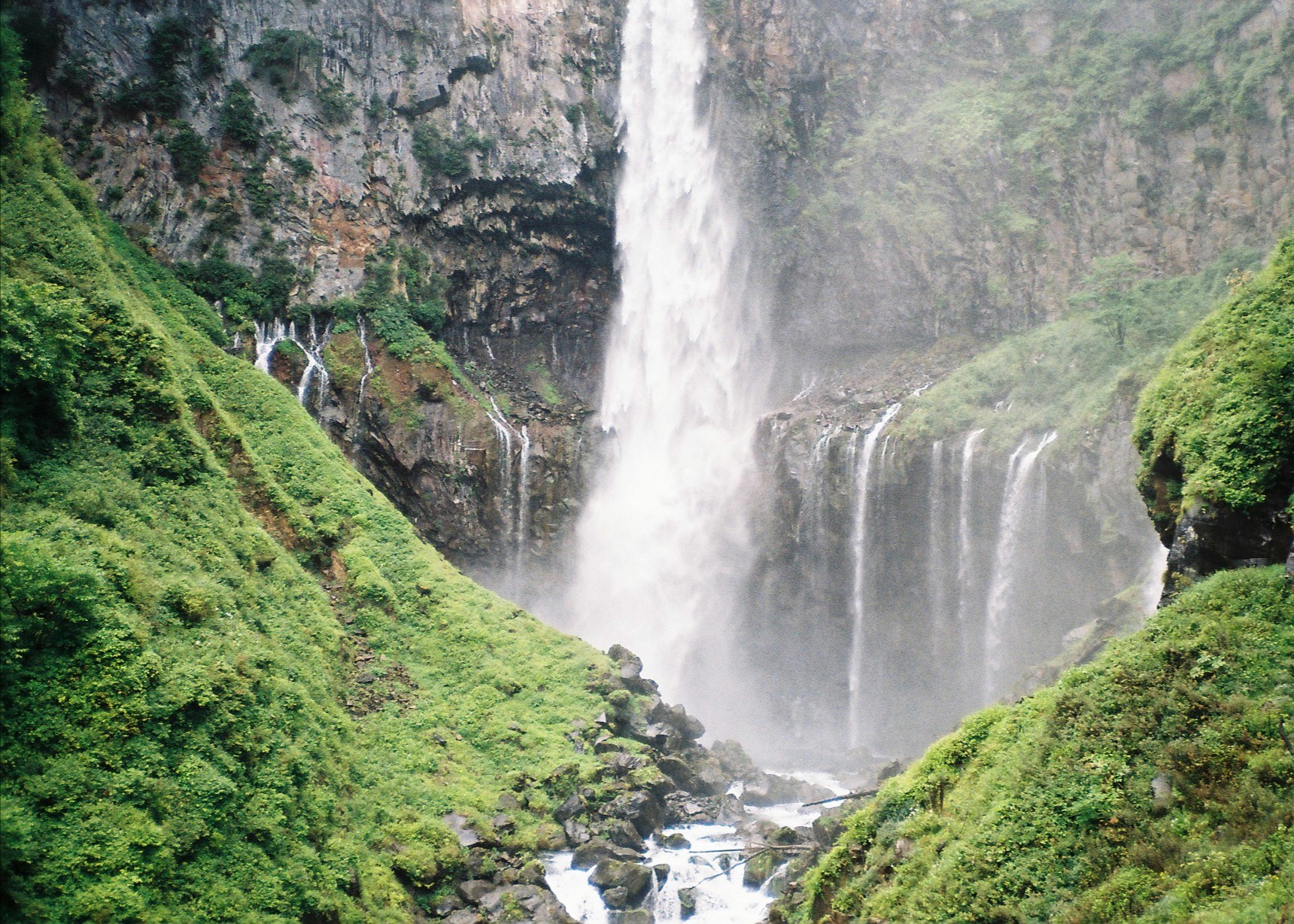
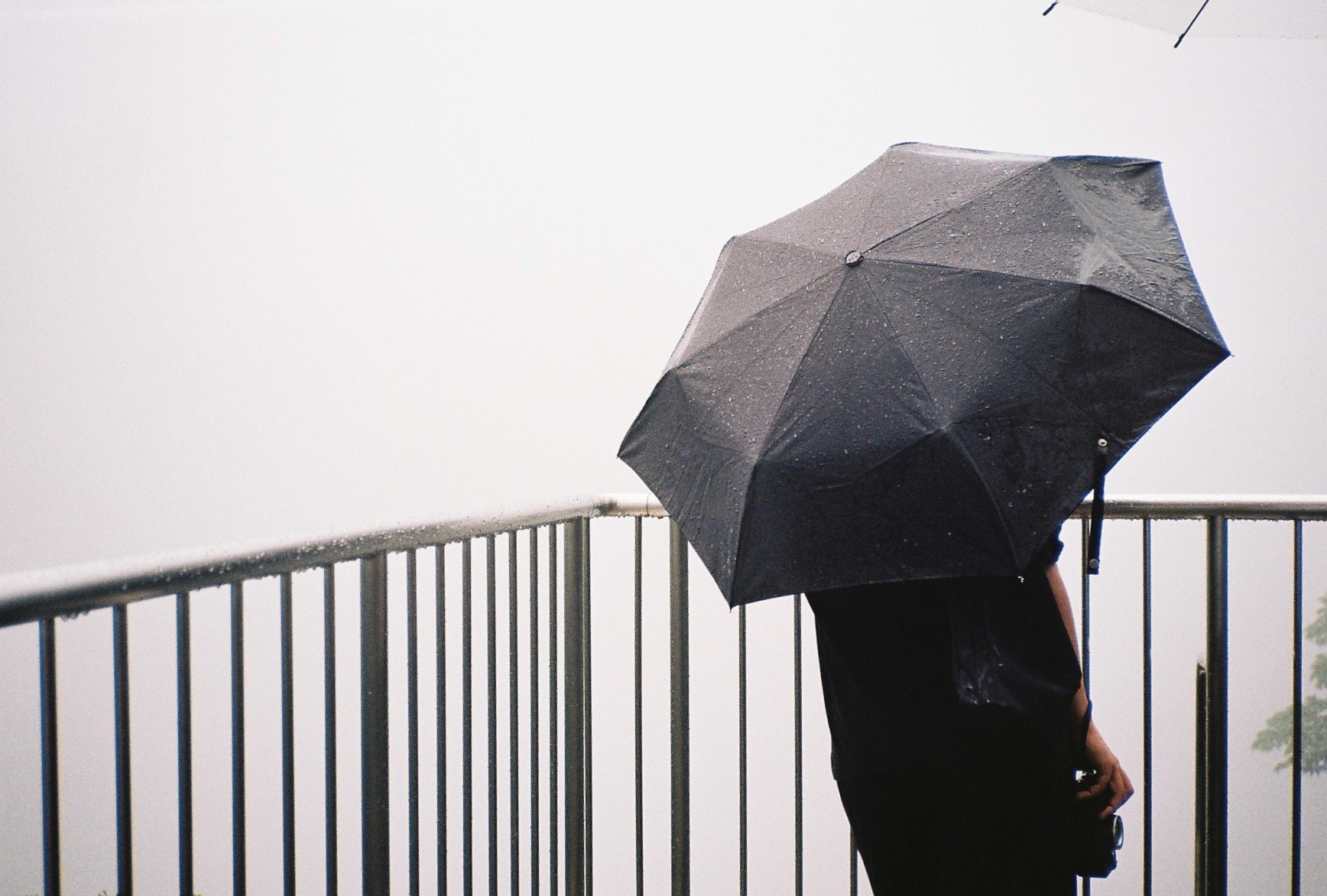
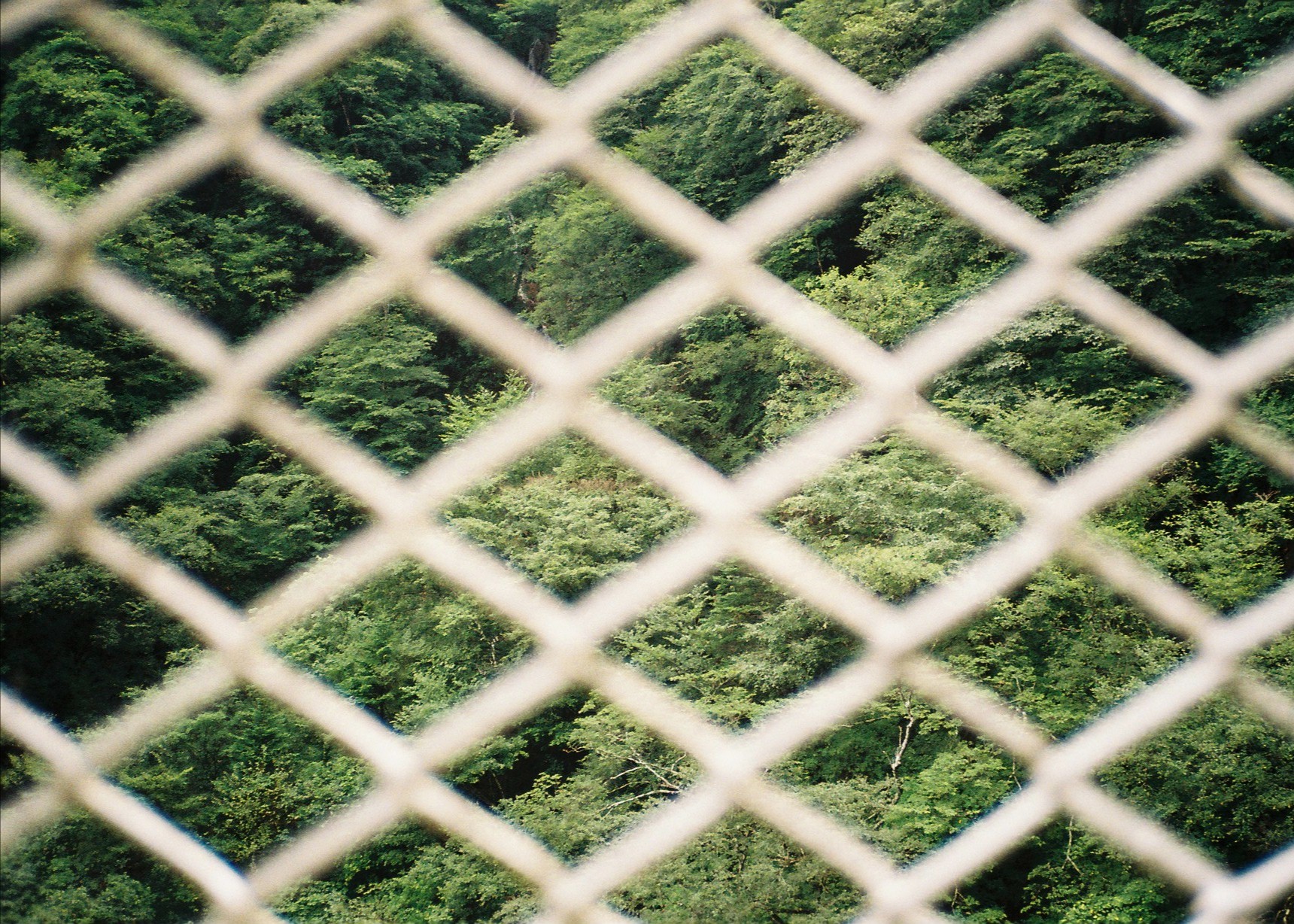

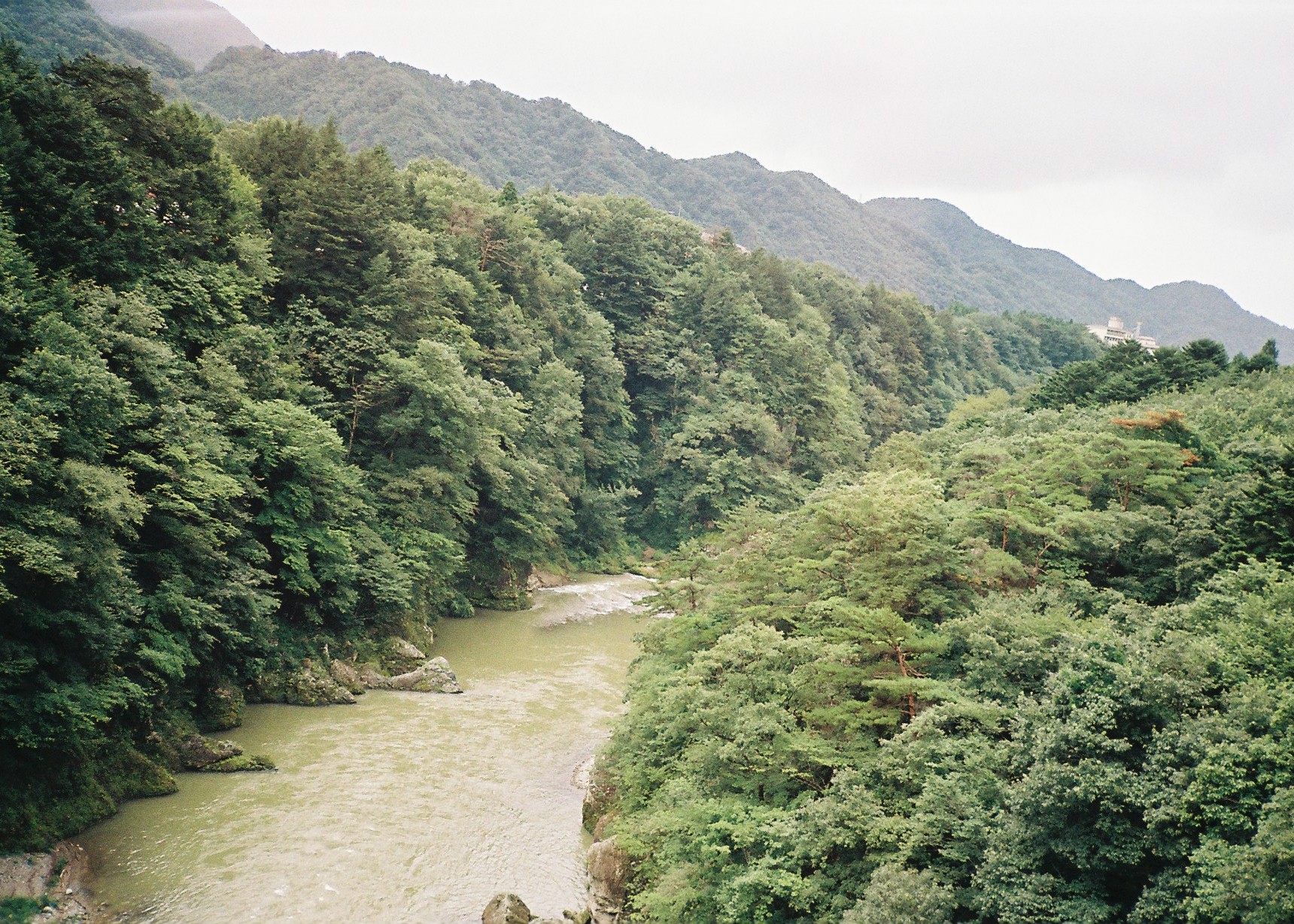
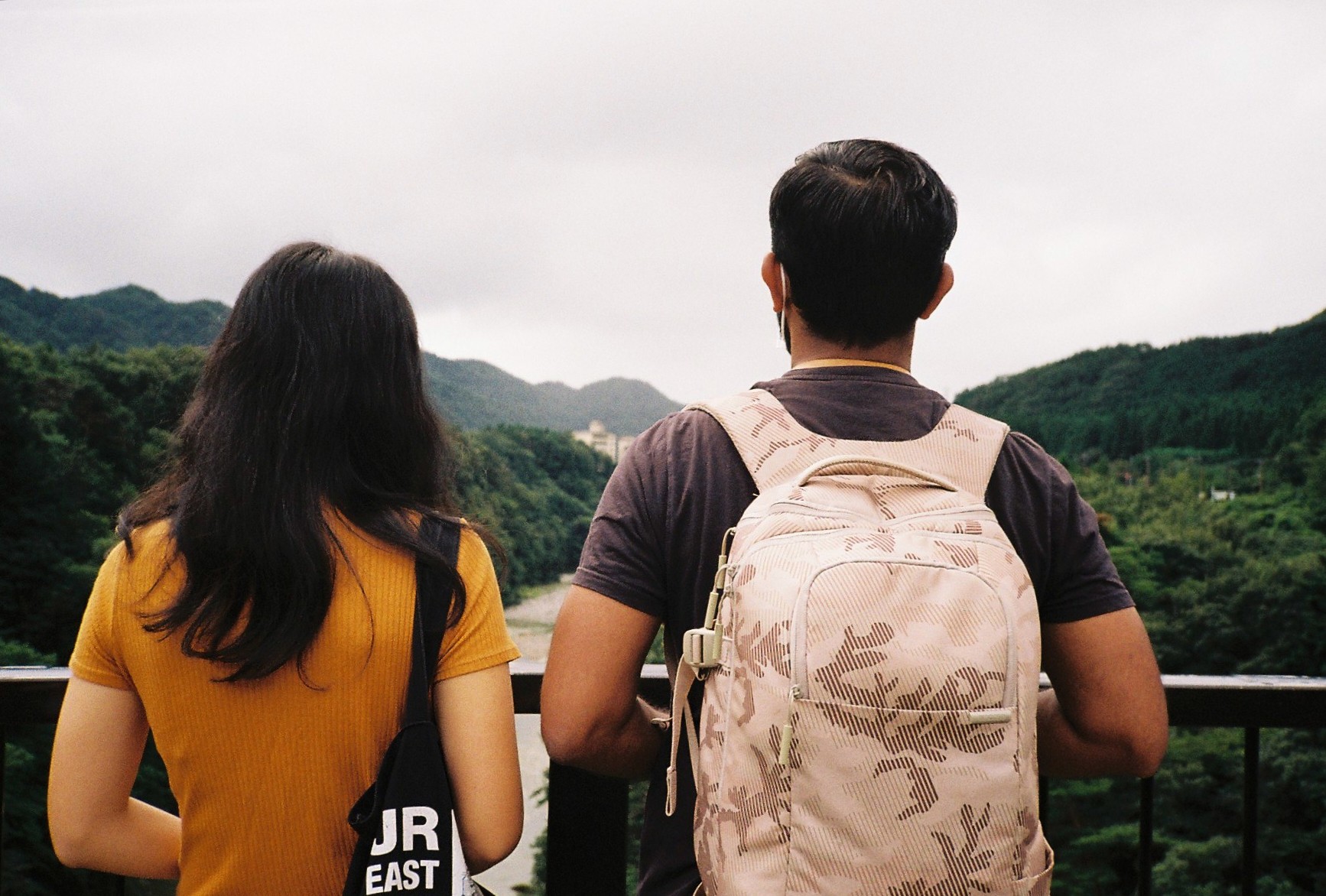

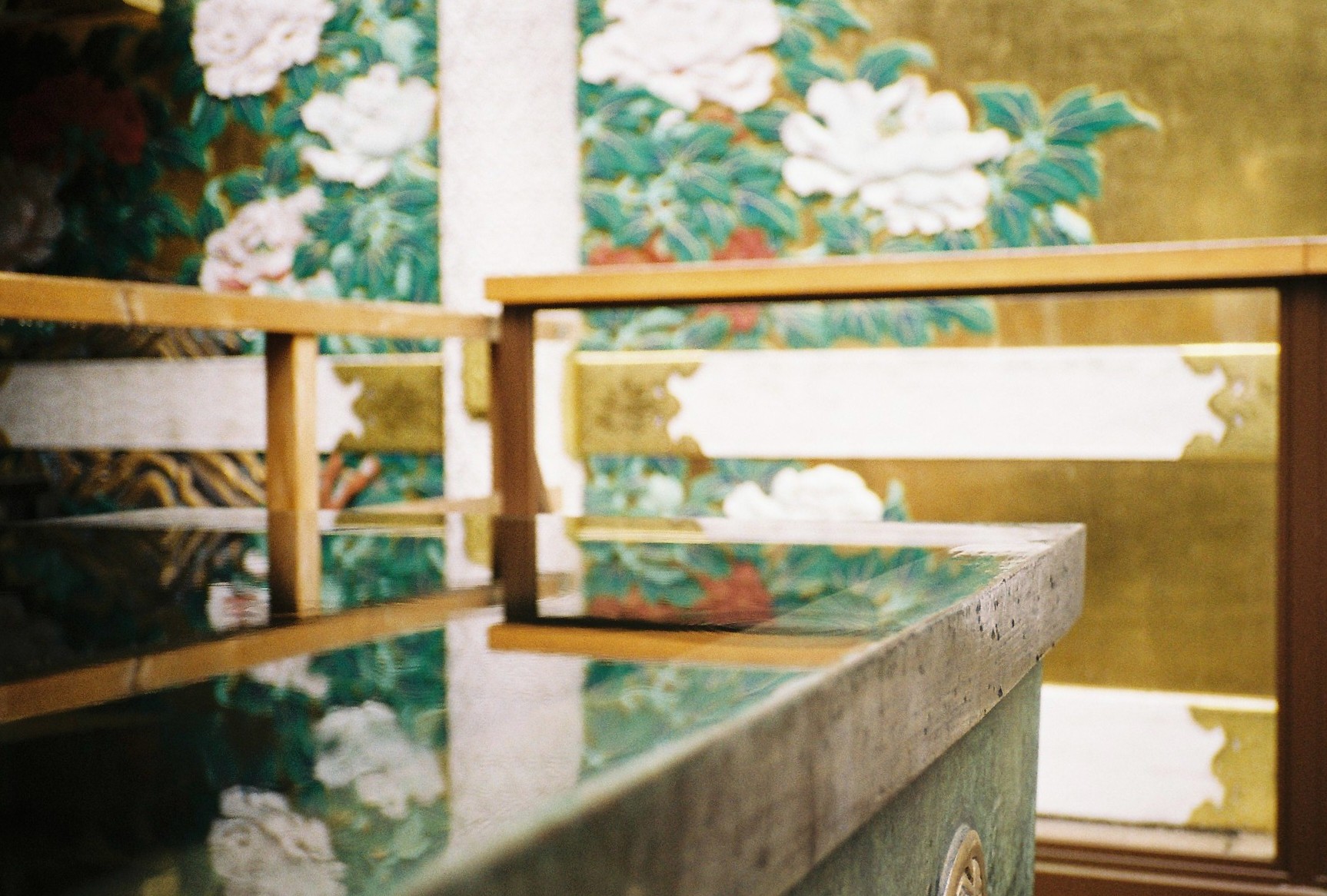
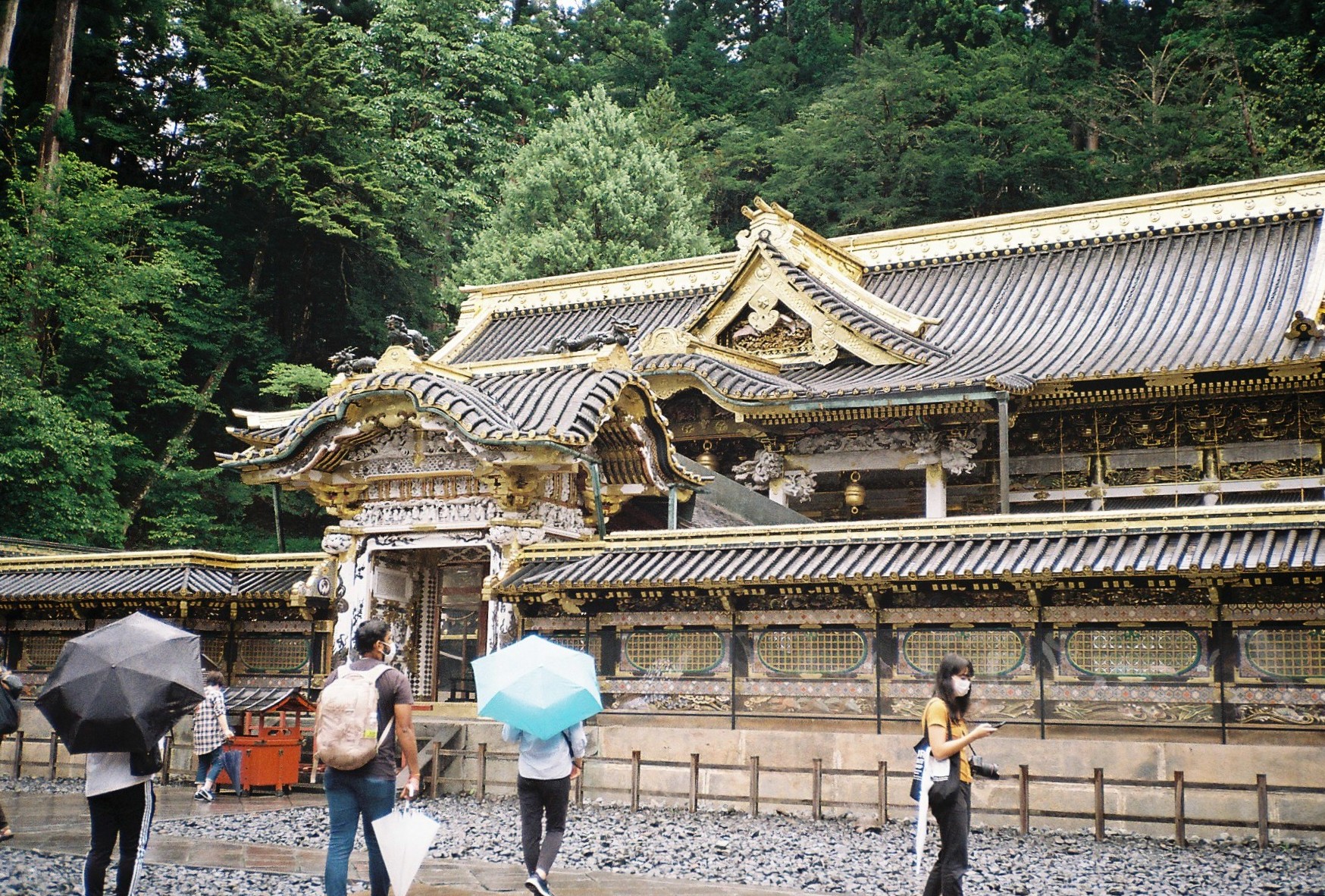
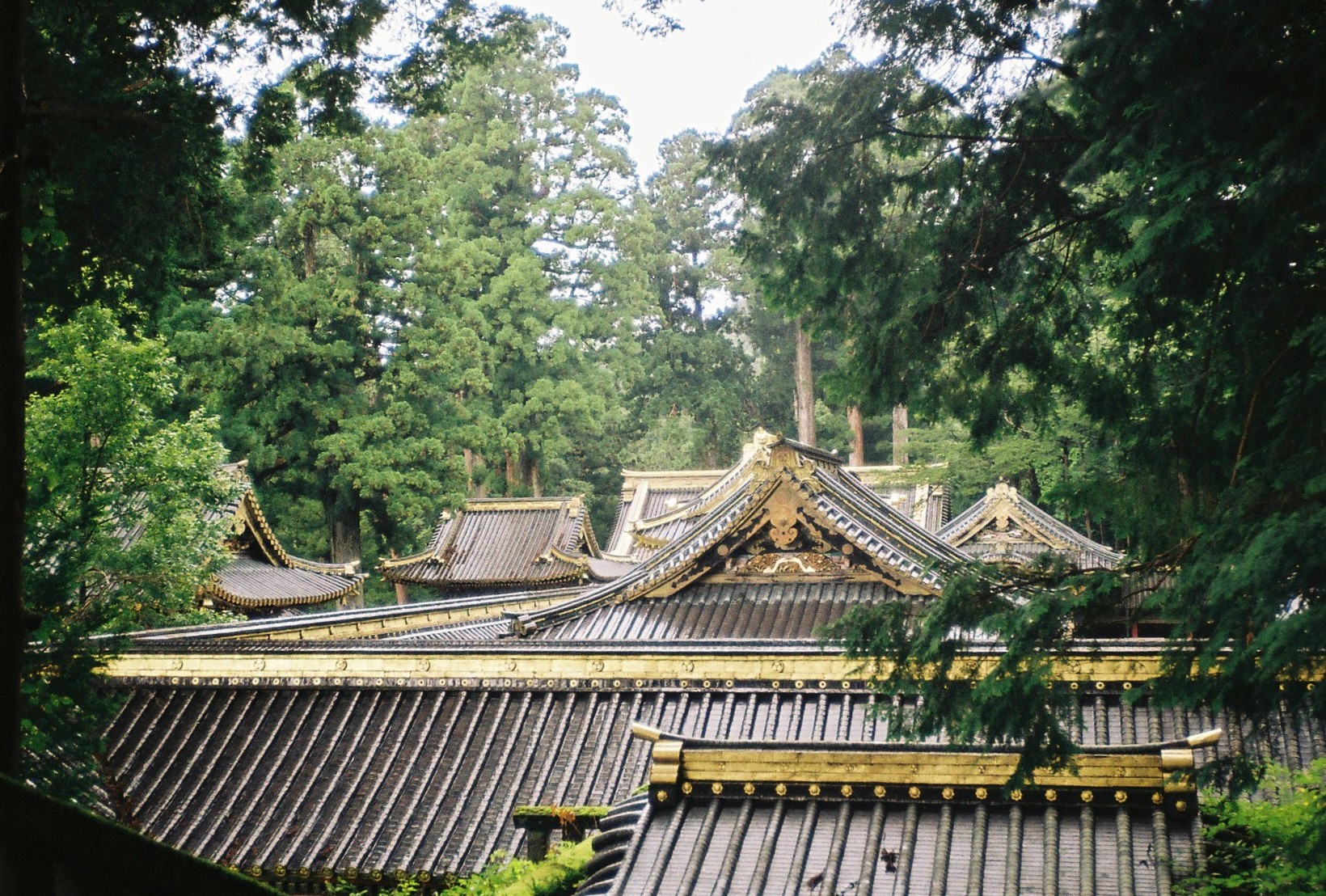
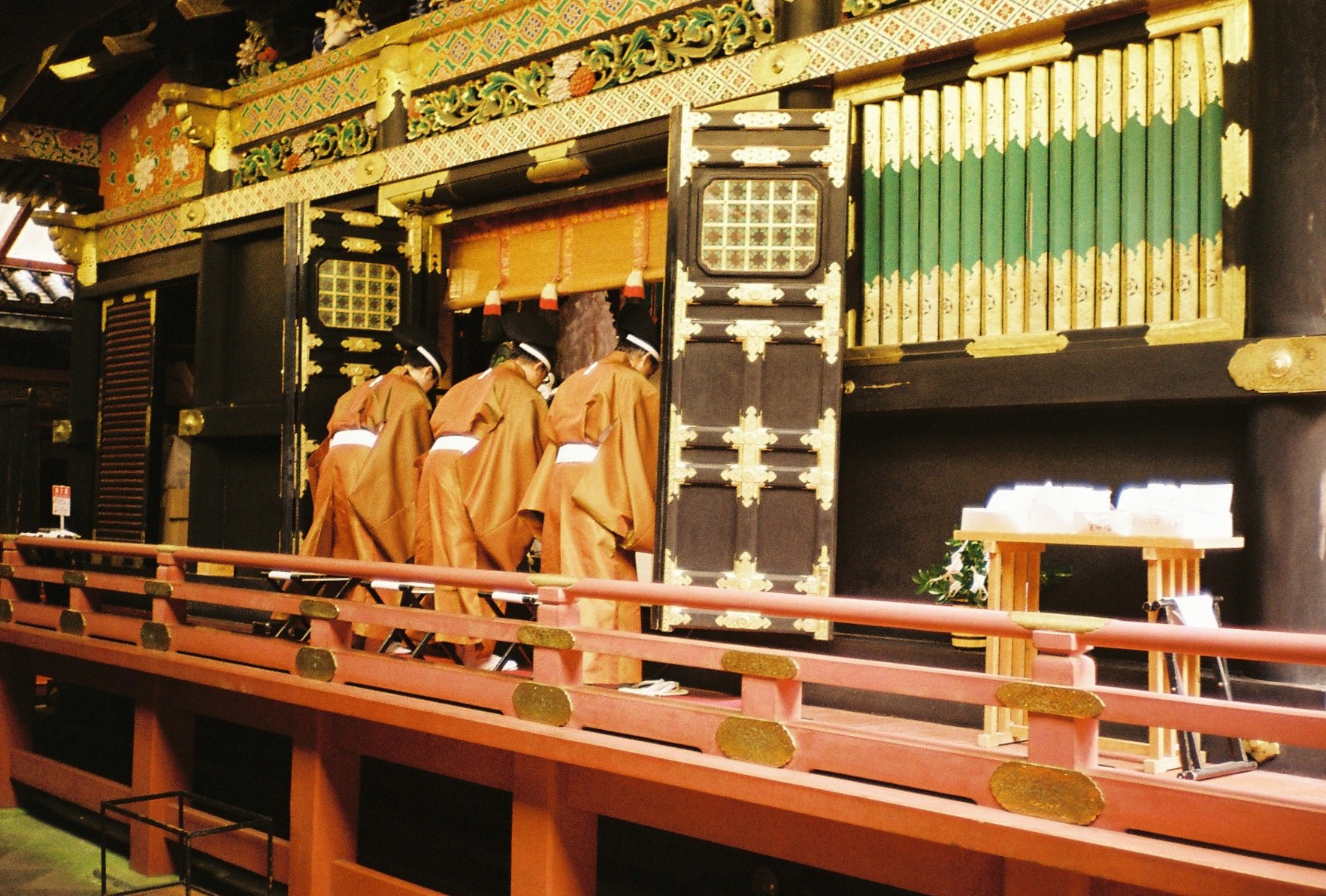
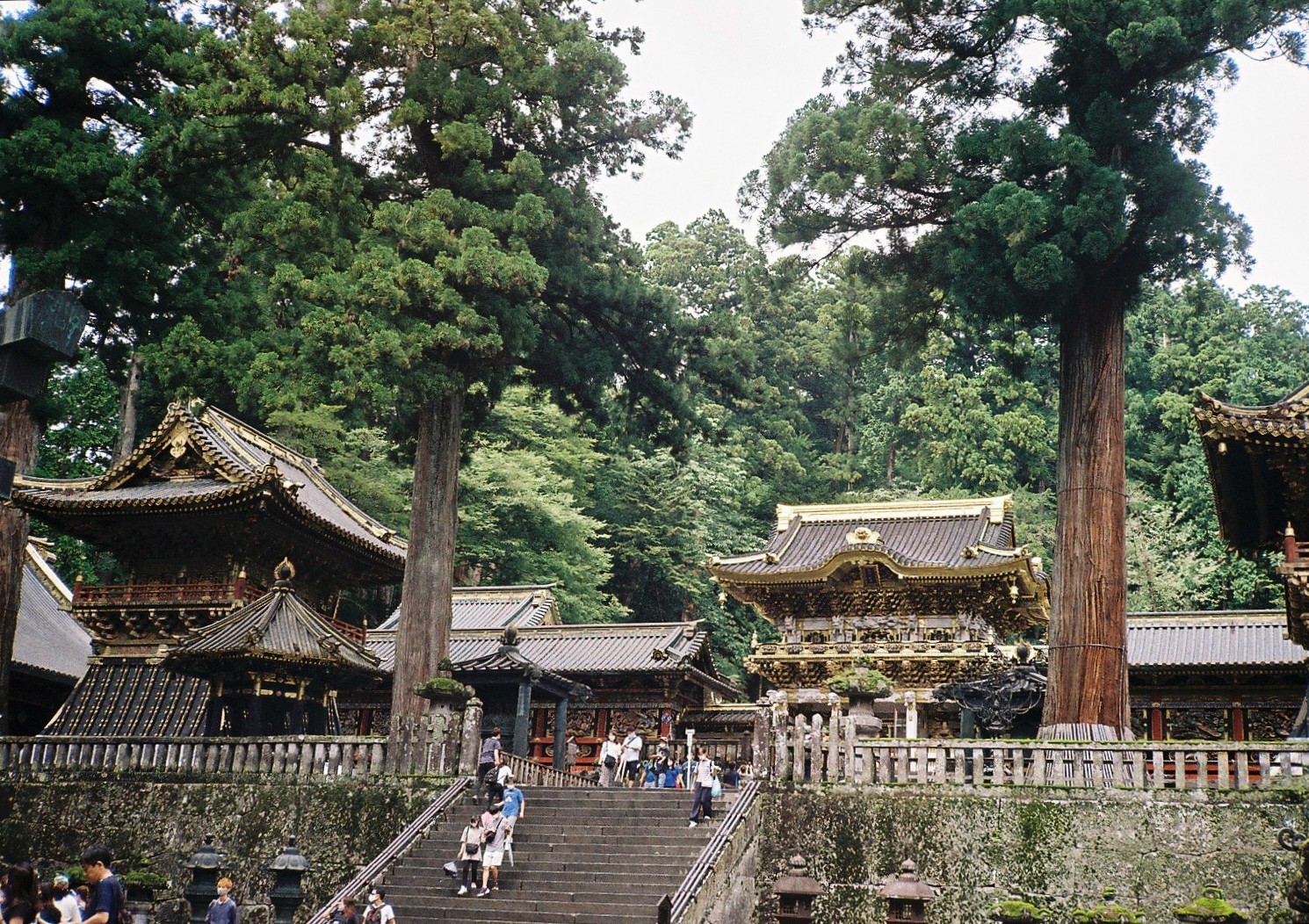
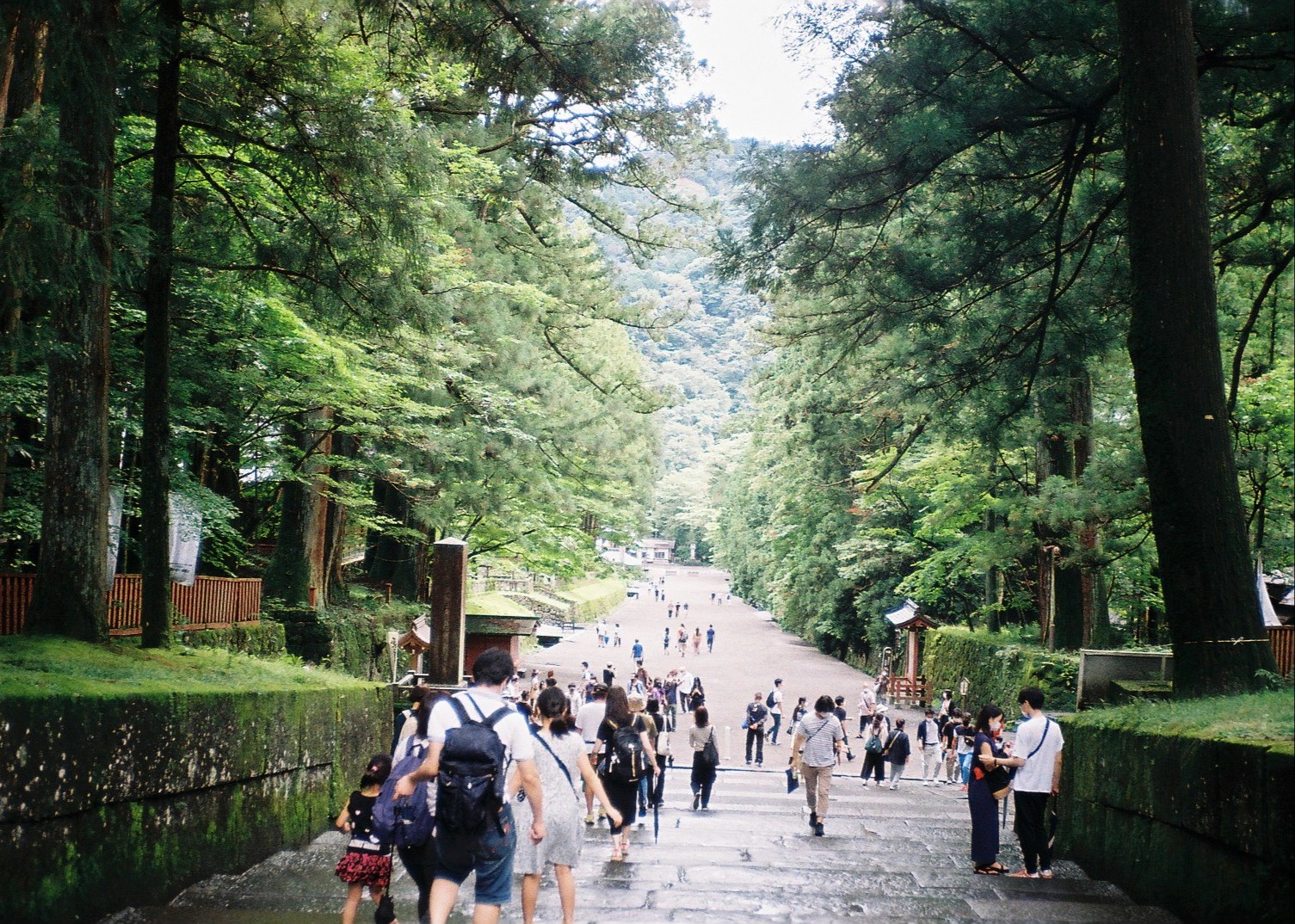
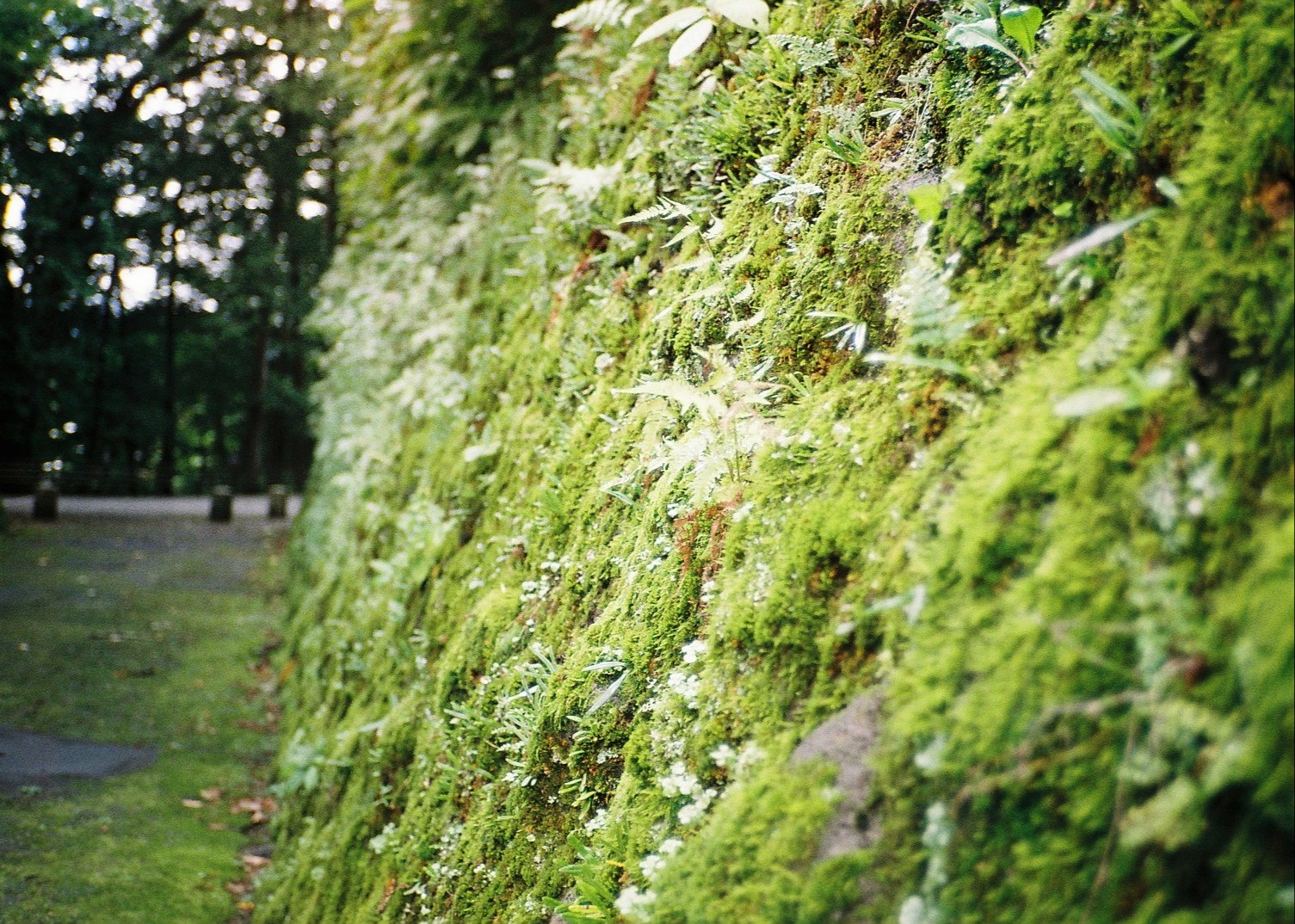
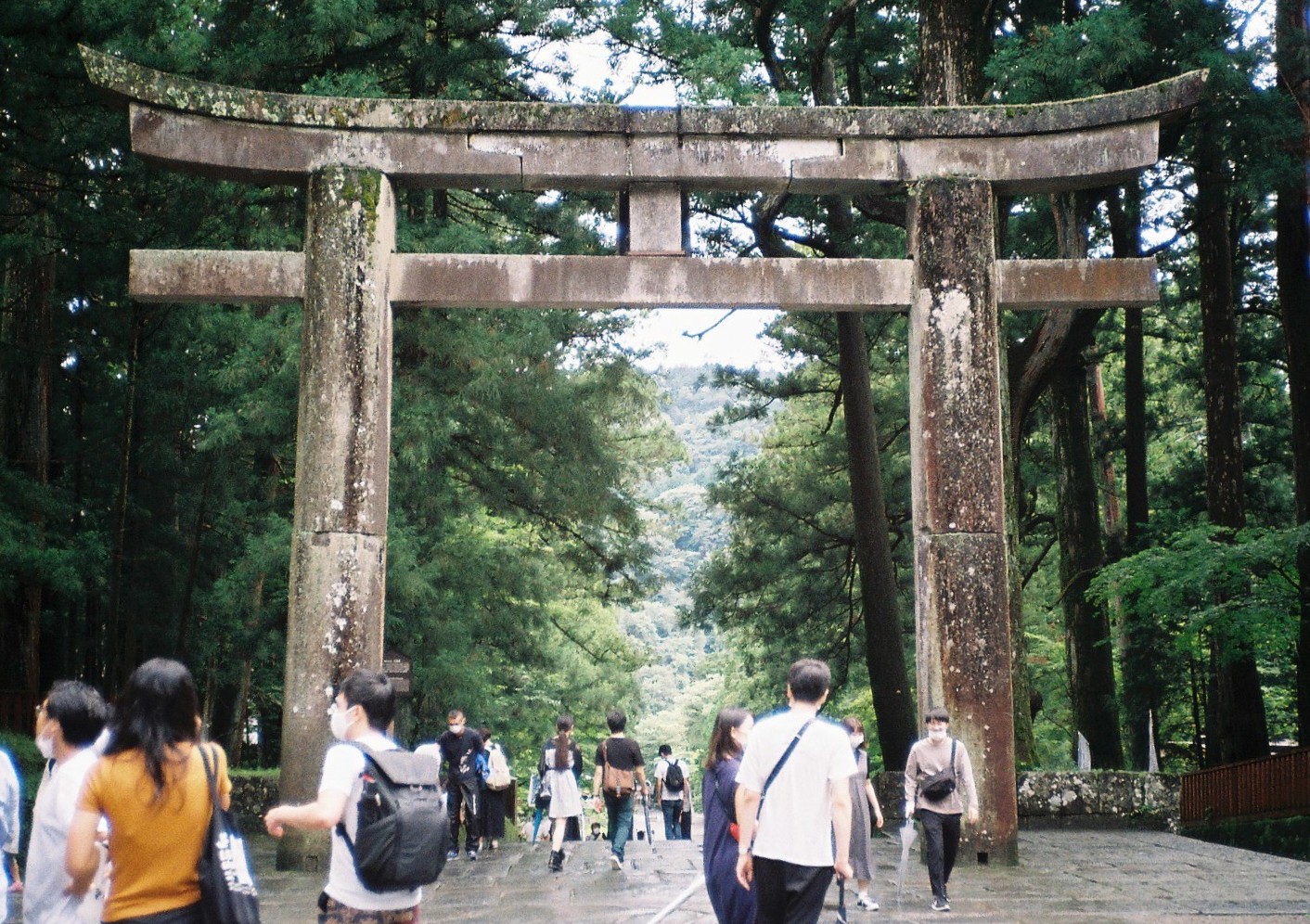
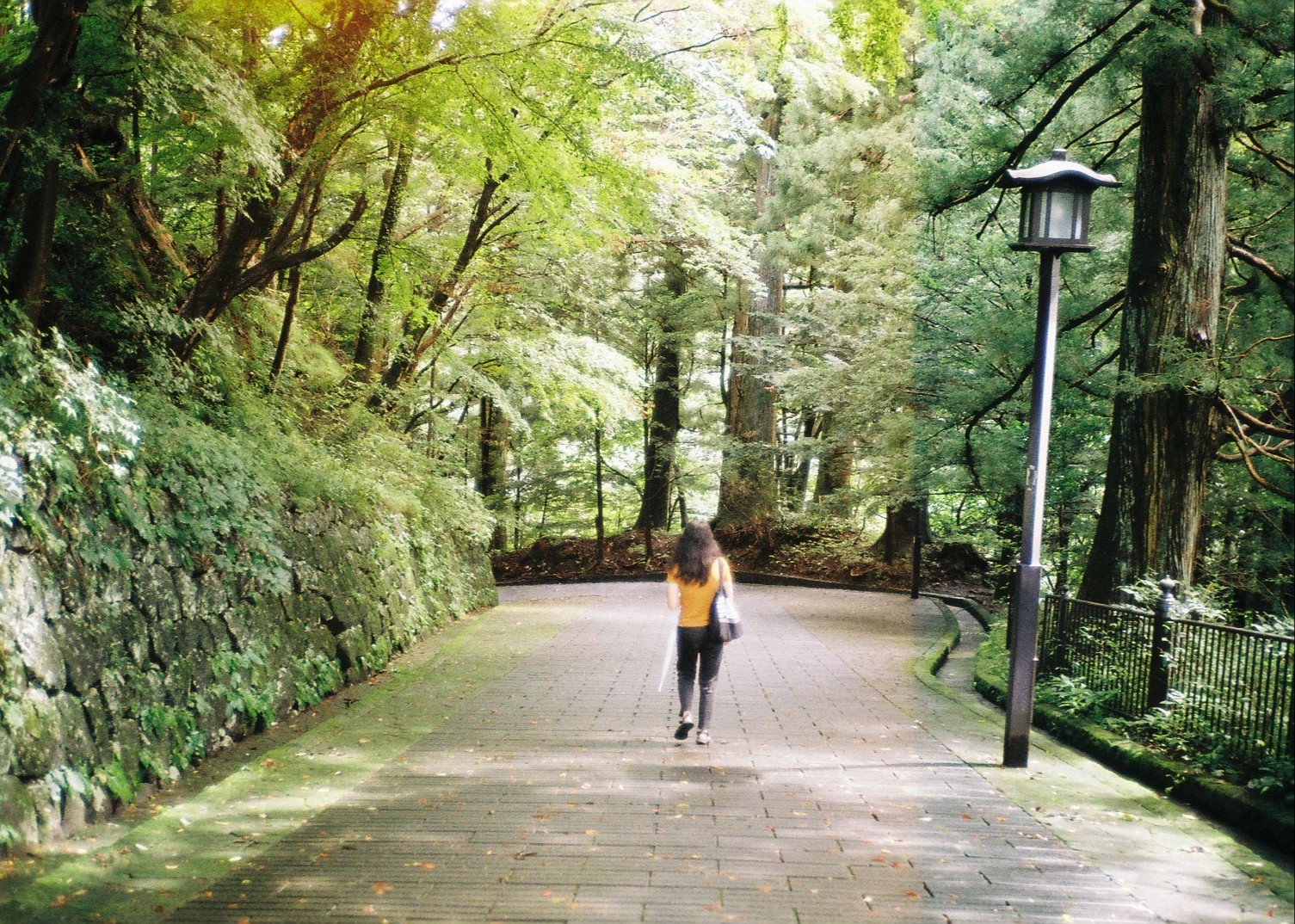

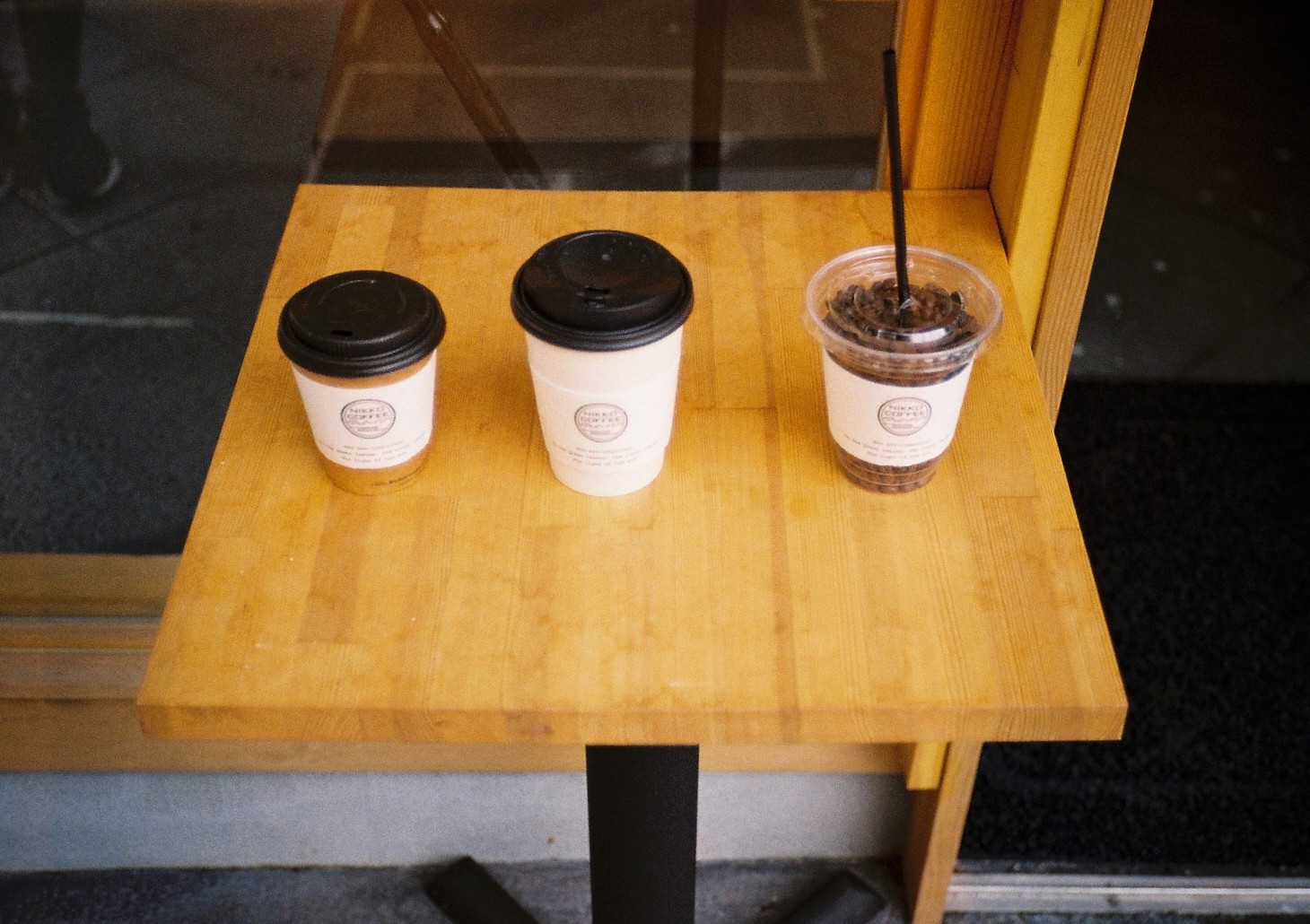
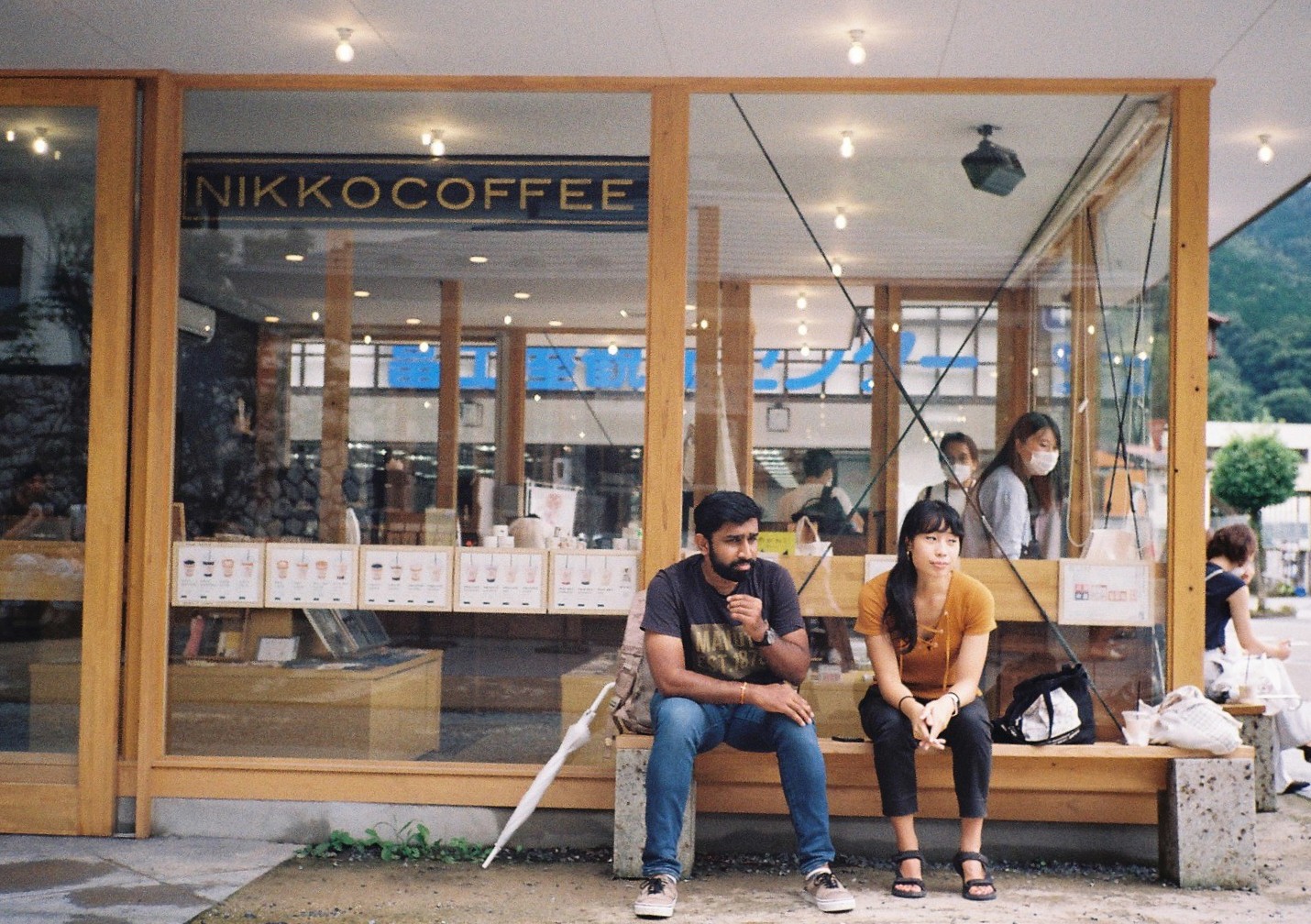


Surprisingly my first time in Nikko.
We took advantage of the rain and the tiny bursts of sunshine in between. x
























In September, I found myself in Tochigi City for the first time.
To be perfectly honest, I didn’t even know there was a city called Tochigi. More often than not, cities like Nasu and Nikko come to mind when you mention Tochigi prefecture. Even more interesting, although the city is the namesake of the prefecture, it is actually not the capital (it’s Utsunomiya City!).
That being said, Tochigi City is a far cry from a dead beat town, often referred to as “Kanto’s Kurashiki.” (If you don’t know, Kurashiki is a city in Okayama prefecture with a famous historical district) This pretty much means that Tochigi City has many old traditional Japanese buildings, which I can appreciate. I love cities that work to preserve their history.
In early September, several typhoons passed by (or close by) Japan, which resulted in unprecedented rain and lead to heavy flooding in certain areas. Most of the largely affected areas where along Kinu River, which the media focused on. But there were many other areas that were affected by flooding, Tochigi City being one of them.
I have to say, I really appreciate the network of friends I gained when I had an opportunity to volunteer in Miyagi. We all lead very different lives, but one thing is the same…once you start it’s hard to stop. So when my contact at the local social welfare council (they are usually in charge of volunteers for disaster relief) mentioned a lack of volunteers in certain areas, I asked to join in and to my surprise, there were very many familiar faces!
My team was given an assignment to clear out everything from inside a large storage garage, which was filled with old family memorabilia. If you know anything about the older generation in Japan, it’s that they don’t throw anything away. The garage had been sitting in flood water for awhile before it drained away so most boxes were soggy and starting to mold. Our job was to bring everything out and divide the items according to the city’s trash disposal rules.
The older owners were working along side us, too. It’s always so difficult to know what to say or do to not make the experience even more hard than it is for them. I can’t imagine what it’s like for them to have to throw so many things with memories away, so suddenly.
They had already stripped everything from their house and so it was just the garage that was left. We worked on it from 10am to 3pm, with a lunch break in the middle. It was just enough time to call the city to come pick everything up to dispose.
This was my first time seeing a garbage truck come to do private pick-ups. We all helped throw everything in, which was an experience on its own.
By the end of the day, we were pretty filthy but it felt good to be of some help to the owners, who jokingly said they’d see us all next week. I took that to mean they were satisfied with our work 🙂
We drove back to Tokyo after checking out at the local volunteer center. Tochigi City was so close that I was back at home by 8pm, which was much much shorter than our days driving back from Miyagi. Now that I know how lovely the city is, I think I’ll try going back as a visitor one of these days.
And I hope by then, the city will have bounced back from the flooding. x
I’d actually never heard of alpacas until the Japanese fiber company Kuraray made a series of commercials featuring a fluffy white alpaca. I wasn’t too sure what this commercial was actually promoting (…and still don’t really) but it made a pretty big impression in Japan and alpacas became well known around 2009.
Obviously it’s been a while since then but when my friend mentioned that there was an alpaca farm in Nasu, I had to go and see what these alpacas were all about! And lucky for us, we bumped into a Peruvian alpaca expert while we were there, who was kind enough to show us around and answer all our questions.
He explained that at this farm the alpacas get a haircut every two years. We were there a week ahead of their shearing season so they were at their peak fluffiness! We also learned that alpacas are native to the Andes region. When I asked about the alpacas in the wild, he surprised me by mentioning that currently all the alpacas are domesticated and have been that way for a while now. Who knew?
I’m so glad we bumped into our “guide” because we had an amazing time learning about alpacas. He introduced us to the famous alpaca from the Kuraray commercials with the same amount of enthusiasm as when he introduced us to a blind alpaca. He said that sometimes they are born blind and/or deaf but receive the same amount of care and friendship from both the staff and the other alpacas. And I believe him because the minute he started talking, the blind alpaca perked up its ear and moseyed on over to be pet by him. It completely warmed my heart.
Have you ever spent time with alpacas? They are the sweetest animals ever. If you’re ever in Nasu, you may enjoy an afternoon with an alpaca or two! x
Here are some photos:
I’ve gotten quite a few inquiries regarding how to get to the Alpaca Farm so I thought I’d add a little bit more information on that here.
So the bad news is, there is no public transportation from the nearest station to the Alpaca Farm on a daily basis.
The closest train station is Shin-Shirakawa Station on the JR Line. Both the Tohoku Shinkansen and local trains stop here and the station is approximately 15km away from the Alpaca Farm. Your choice is to rent a car (6,000-12,000yen for 12 hours, depending on the car) or to take a taxi (approximately 8,000yen one way).
Obviously this is quite a hassle for many, not to mention expensive. For those who do not have a drivers license or deep pockets to hire a taxi (like me!), you have two other choices.
1. TAKE THE BUS
I previously mentioned that there is no public transportation to the Alpaca Farm. But there IS a bus that operates for a limited time during certain times of the year, which is what we used as transportation in my post above. The bus operation varies from year to year, but I believe they operate both in the spring and fall. We were luckily traveling during the spring period and this bus is what we took to get to the Alpaca Farm.
Tsutsuji-go: The bus that operates during the spring season is called Tsutsuji-go (i.e. Azalea bus), probably because it coincides with the azalea season in the Nasu highlands. From the past couple of years, it seems that Tsutsuji-go operates from end of April/early May to mid to late June, depending on the year.
Momiji-go: The other bus that operates in the fall is called Momiji-go (i.e. Japanese Maple bus), again probably because it coincides with the fall foliage season when trees change color. This period seems to vary by year but basically Momiji-go runs from mid to late September to late October/early November.
The operating season for both of these buses seem to be announced within a month prior so it can be nerve-wrecking for people who want to plan ahead. But if you are lucky to be traveling during that season, you can get on the bus at Nasu Yumoto (in front of the Nasu-cho Kanko Kyokai-mae, i.e. Nasu Tourism Assosication) and they will drop you off at Nasu Alpaca Farm.
You may have already noticed that Nasu Yumoto is quite far from the nearest train station. So what we did is, took the local bus (Toya Transportation Bus) from Nasu Shiobara JR Station (you can also get on at the neighboring Kuro-iso JR Station) to Nasu Yumoto (approx. 50-60min), then changed onto the Tsutsuji-go bus all the way to the Alpaca Farm (approx. 30min).
Both the Tsutsuji-go and Momiji-go operate three round trips, meaning 3 buses to go and 3 buses to get back, so make sure you check the time schedule so you don’t miss the last bus. When we went, we took the 11:40am bus and got there a little past noon. Then we took the 3pm bus back to Nasu Yumoto and got there around 3:30pm.
For your reference, here is when the bus was operating from previous years:
2017 Spring: Apr 29 – Jun 4 / Fall: TBD
2016 Spring: Apr 29 – Jun 5 / Fall: Sep 17 – Oct 23
2015 Spring: May 2 – Jun 14 / Fall: Sep 19 – Oct 25
2014 Spring: Apr 26 – Jun 29 / Fall: Oct 11 – Nov 3
*For up-to-date details on Tsutsuji-go/Momiji-go bus schedules, please contact Nasu Tourism Association at +81 (0)287 76 2619.
2. TAKE A BUS TOUR FROM TOKYO
There are bus tours from Tokyo that will take you to and from the Alpaca Farm. You can book through travel agencies such as H.I.S. or Hato Bus, and you won’t have to worry about any of the transportation logistics in between. The price is also quite reasonable, somewhere in the range of 7,000 to 9,000yen.
Of course, there is always a down-side to tours, such as not being able to spend as much time as you would like at the Alpaca Farm, due to the tour schedule, which will most likely include other stops along the way. But on the other hand, you’ll get to see other places in the Nasu area, which are likely difficult to access without a car, so depending on the itinerary it could end up being a win-win situation.
For your reference, here are some bus tours:
H.I.S. Tour: Alpaca Farm – Nasu Beer Garden – Strawberry Picking from Shinjuku
Hato Bus Tour: Strawberry Picking – Nasu Beer Garden – Alpaca Farm from Ikebukuro
*These tours are as of April 2017 and may not be current.
I hope this helps! x